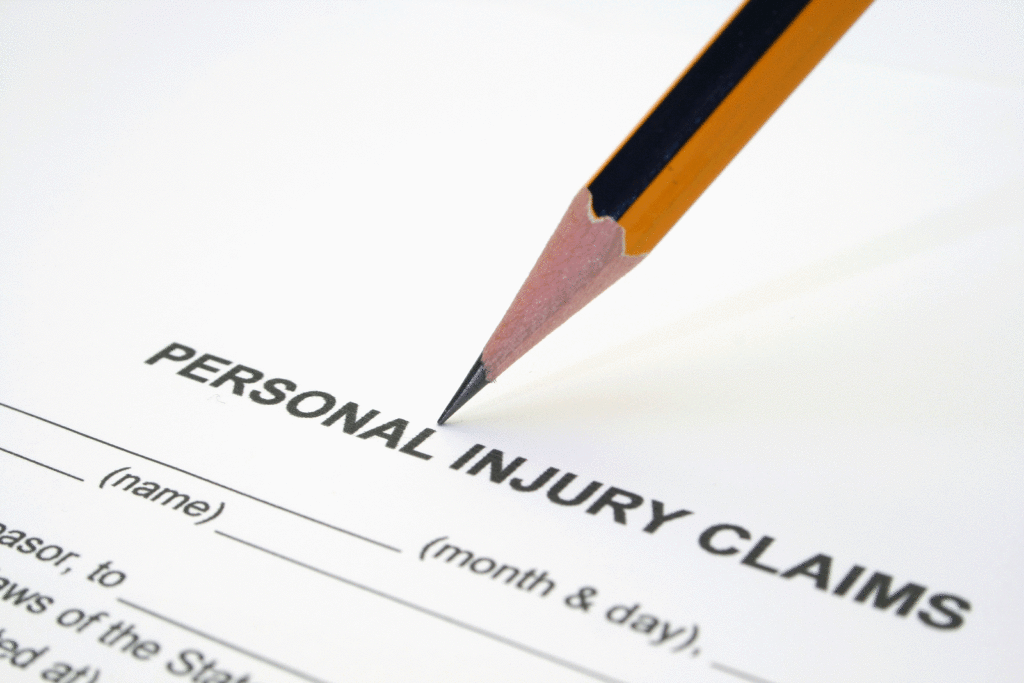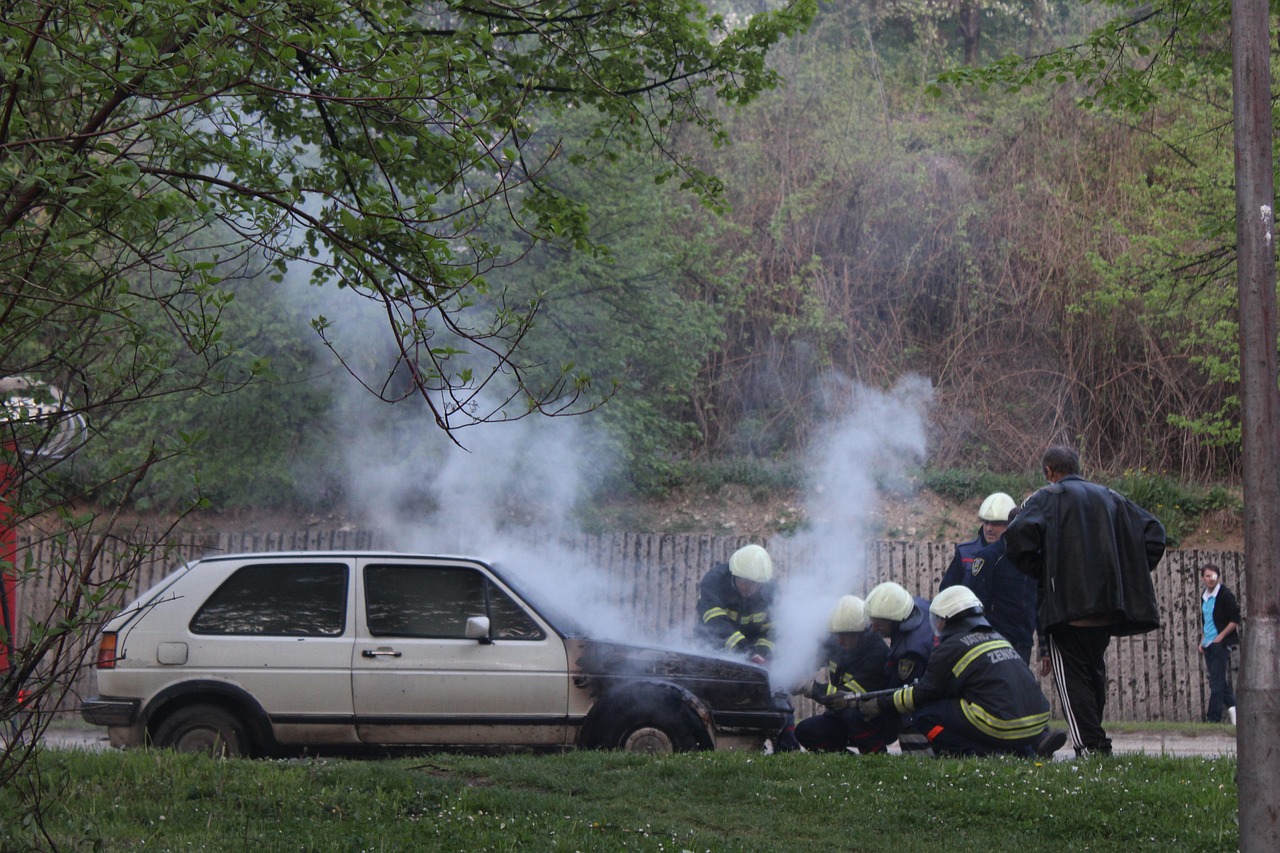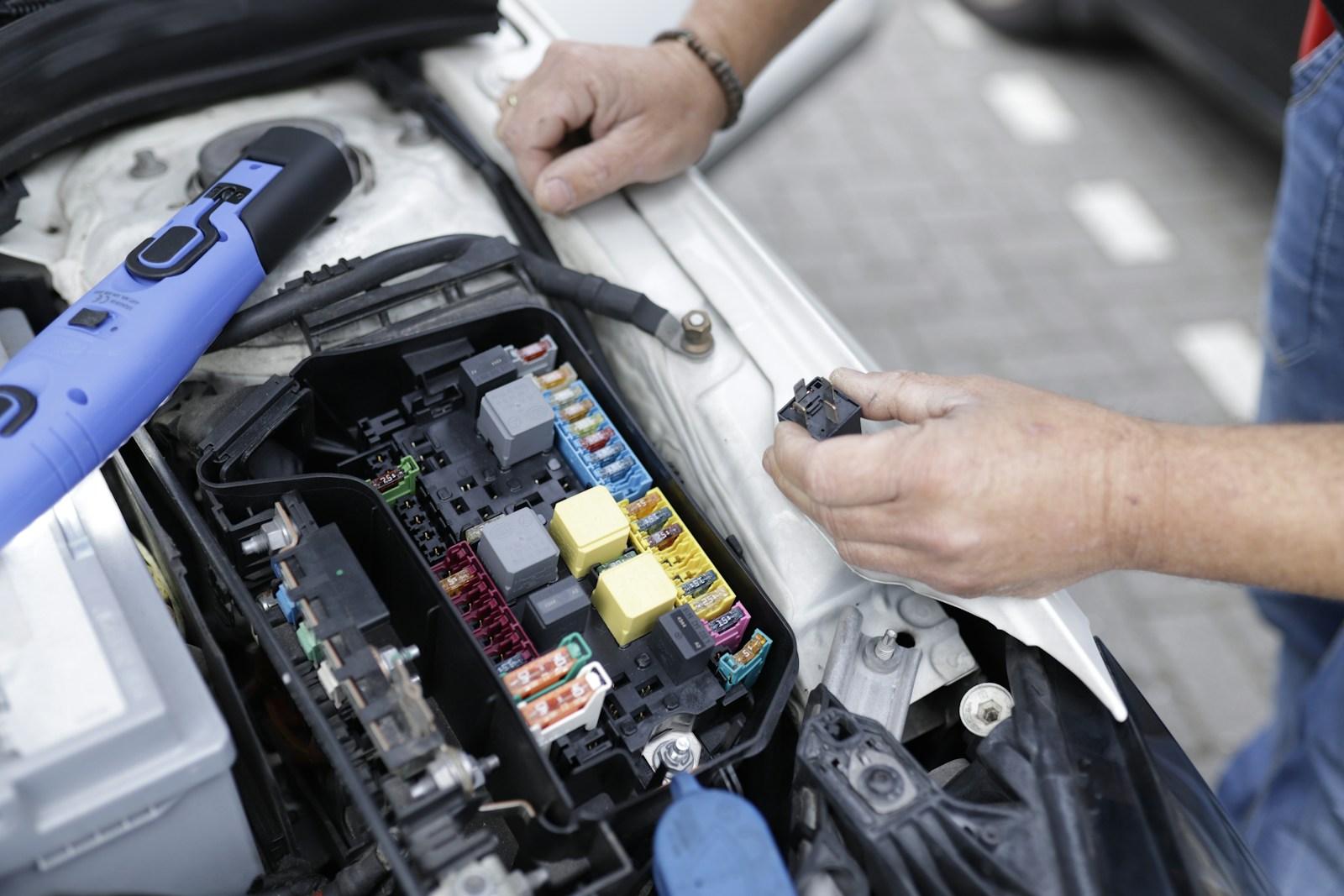Now Reading: The Intersection Of Physics, Human Error, And Fate Creates Realities That Statistics Rarely Fully Capture Correctly
-
01
The Intersection Of Physics, Human Error, And Fate Creates Realities That Statistics Rarely Fully Capture Correctly

The Intersection Of Physics, Human Error, And Fate Creates Realities That Statistics Rarely Fully Capture Correctly
When tragedy strikes on the road, explanations often point to speed, distraction, or poor conditions. Yet the real story involves more than raw details; the complex interaction of physics, human judgment, and chance. Even with safety advances, accidents remain devastating, as evidenced by the commercial trucking incidents addressed by Elk & Elk. Numbers can measure trends, but they rarely reveal the deeper realities of what truly happens in those decisive moments.
The Unforgiving Rules Of Physics
Physics is impartial. Vehicles weighing tens of thousands of pounds cannot stop on a dime, and the energy released in a collision is beyond human control once forces are set in motion. A simple equation, mass times acceleration, determines the severity of impact, but its consequences are felt in shattered lives.
Highway safety regulations attempt to account for these laws of motion through weight limits, speed restrictions, and required braking systems. Still, compliance cannot alter the laws of physics themselves. A truck loaded to capacity moving at high speed carries a destructive potential that no driver, however skilled, can instantly counter.
Human Error In Split-Second Decisions
While physics defines the boundaries, human behavior often triggers the chain of events that unfolds. Fatigue, distraction, and overconfidence continue to be the leading factors in crashes. For truck drivers covering long distances, the mental and physical toll builds quickly, impairing reaction times at the worst possible moments.
Unlike a laboratory model, reality offers no pause button. One glance away from the road, one delayed brake press, or one misjudged lane change can escalate into a catastrophe. Human error does not operate in isolation; it collides with unyielding physical laws, creating outcomes that no one can reverse.
The Role Of Fate And Unpredictability
Beyond mechanics and mistakes lies another force: unpredictability. Fate often determines why one driver walks away while another suffers life-changing harm. A few feet in timing, a minor shift in position, or an unexpected action from another motorist can mean the difference between survival and disaster.
Insurance data and crash statistics aim to measure risks, but they cannot calculate luck or chance. Two identical accidents may have drastically different outcomes, leading experts to acknowledge that no formula can capture fate’s influence. It is this layer of unpredictability that makes prevention so vital.
Why Statistics Fall Short
Numbers can indicate the frequency of accidents, but they rarely reveal the underlying causes. Statistics may track fatalities, injuries, and financial losses. Yet, they leave out the human side—the warning signs that went unnoticed, the split-second lapse of a tired driver, or the unexpected twist that changed everything.
Averages also blur the reality of extremes. A rare but catastrophic trucking accident can be hidden within broader data, concealing the chain of forces and mistakes that led to that single moment. For the families left behind, numbers offer no comfort; their loss is personal and cannot be captured in a chart or dataset.
Real-Life Implications For Safety
Understanding this intersection highlights why prevention strategies must go beyond counting accidents. Education, fatigue management, and stricter enforcement of safety rules are essential, but so is public awareness that behind each statistic is a complex, often avoidable, chain reaction.
Law firms such as Elk & Elk emphasize these realities when advocating for victims. Their work demonstrates how legal action not only seeks justice but also sheds light on systemic flaws, whether inadequate regulations, company negligence, or unsafe industry practices, that numbers alone cannot reveal.
The Human Cost Behind The Numbers
Every accident leaves ripples extending far beyond the scene. Families face medical bills, emotional trauma, and long-term uncertainty. These consequences are rarely reflected in charts or reports. Instead, they emerge in lived experiences, such as children missing a parent at home, careers cut short, or years of recovery ahead.
Acknowledging the human cost is key to driving meaningful reform. By looking beyond statistics, communities and lawmakers can focus on the stories that numbers fail to capture, pushing for changes that address the true scope of the issue.
Finding Meaning In The Aftermath
For many, understanding comes only after tragedy strikes. Survivors and families often search for answers that data cannot provide, trying to reconcile how physics, error, and chance aligned in a single, devastating instant. Legal advocates such as Elk & Elk help guide this search for meaning, ensuring that voices are heard and accountability is pursued.
Through these efforts, the invisible forces behind accidents gain visibility, reminding us that while statistics outline risk, they cannot define the entirety of human experience.
Conclusion
Accidents are not mere numbers; they are intersections of natural laws, flawed decisions, and unpredictable fate. While statistics offer patterns, they cannot fully capture the truths experienced in each unique moment. Only by recognizing these unseen layers can society improve safety, demand accountability, and honor the real stories behind the figures.










